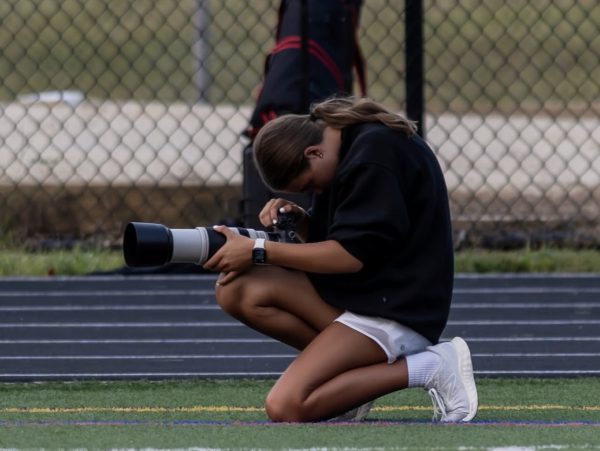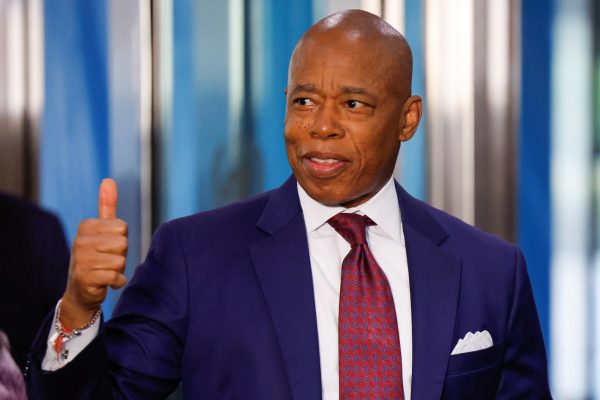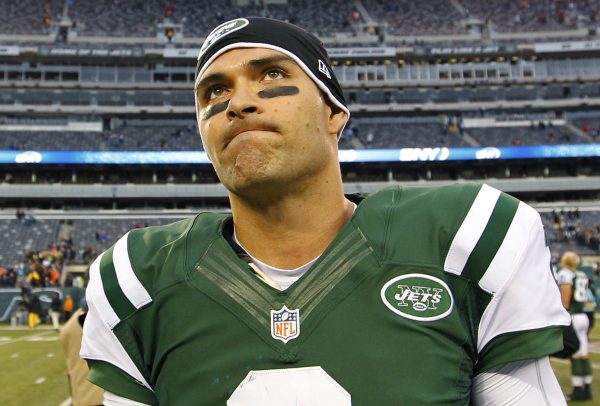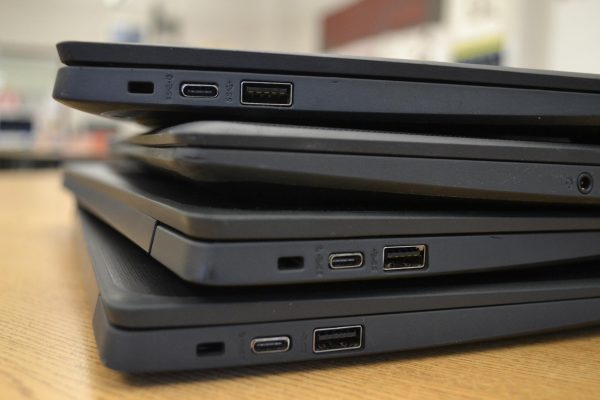Aftermath: Silicon Valley Bank collapse
How and why did Silicon Valley Bank collapse?
Silicon Valley Bank, otherwise known as SVB, failed on March 10, making it the largest bank failure since the 2008 financial crisis and the second largest bank failure in U.S. history. The bank collapse came as a result of customers that took out a large sum of money at the same time, adding up to more than the bank had on hand.
Questions have risen about the efficiency of measures put in place after the 2008 financial crisis to prevent any future bank collapses. This collapse in particular is considered a bank run, which is when the government takes over a bank in an attempt to sell it off in pieces and then use that money to help pay back what they owe.
SVB had a concentrated customer base in the startup sector. The rise in interest rates caused those clients to need cash to pay back loans, so they simultaneously withdrew money. The situation worsened because the bank did not have enough cash on hand to support the customers’ needs.
“As interest rates rose, the value of the bonds people bought depreciated,” business teacher Joseph Cardinale said. “So, they did not have the cash on hand to meet the withdrawal requests. They had sold a bunch of these bonds at a $2 billion loss. If I am a customer of that bank and I see that my bank just took a loss of $2 billion, I am concerned. This concern from customers led to the bank run toward Silicon Valley, where all their clients wanted to get their money back.”
What will happen to the depositors who have money in the bank?
The bank collapse created panic for depositors who had more than $250,000 currently in the bank, which is the Federal Deposit Insurance Corporation (FDIC) insured amount. According to a CNBC article, more than 93 percent of the domestic deposits at SVB were above $250,000 because most of the money in the bank was composed of startup funds. Many startups were expecting to go bankrupt as a result, but fortunately for them, the government decided to reimburse the total amount of money lost in the bank failure, despite the fact that they are only required to return $250,000 for each account.
“So, there is FDIC insurance, which is a government agency that basically guarantees depositors money up to $250,000,” Cardinale said. “The point of the FDIC insurance is to prevent bank runs, so that if the bank goes under, you know your money is safe…The last I read is that the FDIC was going to be meeting and ensuring 100% of the deposits, even though they were above the $250,000 limit. So basically, those clients would then receive that money from the Fed.”
Will this bank failure impact other banks?
Since the collapse, many regional bank stocks have plummeted due to a nationwide fear that this bank failure will be contagious. For example, Signature Bank has recently become controlled by the FDIC and many other regional banks such as First Republic are suffering financially.
Business teacher David Semaya explained that this crisis has significant differences from the one in that occurred in 2008.
“I think that the bank failure is already having a big impact and I think it is very different from the last time we had something like this,” Semaya said. “That was later called the Great Recession. And, that was largely a financial sector failure, in which a bunch of banks were systemically connected. However, this does not feel the same. The problems are notably different this time. I think what is happening now is more of a result of how information spreads in 2020. On social media all of a sudden someone says, ‘Oh, my God, Silicon Valley, there’s a run on the bank,’ and then there is a run because it spreads like wildfire.”








